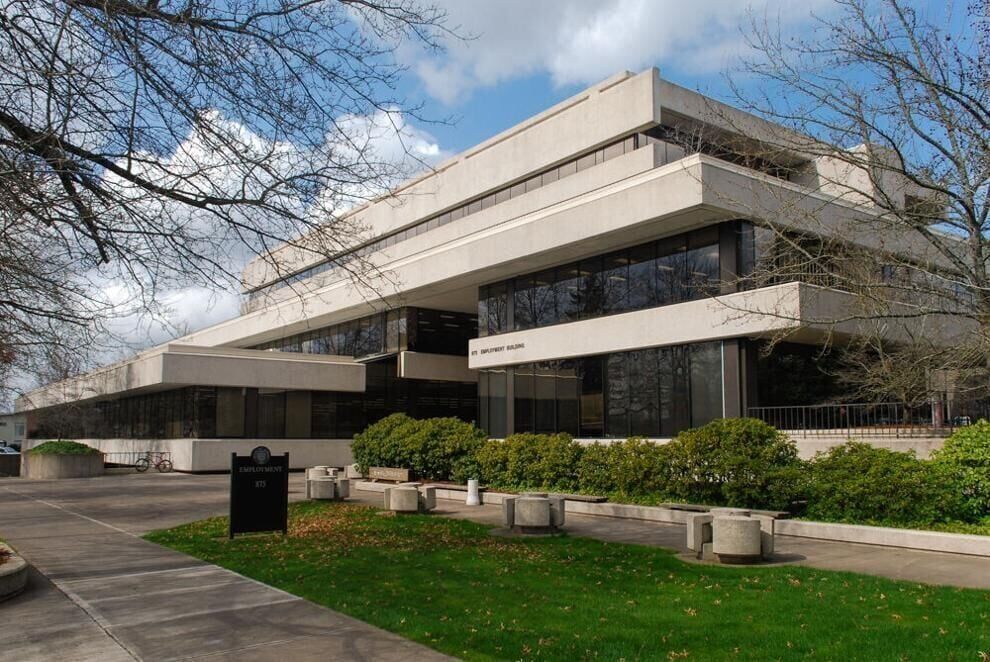Oregon Employment Department will cut phone hours, shift resources to unemployment claim processing
Published 11:00 am Saturday, May 18, 2024

- The Employment Building on the Capitol Mall in Salem. After two successful start-up phases, the Oregon Employment Department will soon proceed with the transition of unemployment benefit claims and payments to its upgraded computer system.
SALEM — The beleaguered Oregon Employment Department said Wednesday it will attempt to accelerate claims processing by cutting phone hours, giving staff more time to reduce a backlog of unpaid benefits.
It’s a counterintuitive strategy for the agency, given the extraordinary hold times laid-off workers have been experiencing when they call for help with stalled benefits. But the employment department said it believes that faster claims processing will get assistance into workers’ hands faster.
“We need to get fully caught up on our work to provide the level of customer service that Oregonians deserve and require,” employment department director David Gerstenfeld said Wednesday, May 15.
The agency acted following a steep decline in timely payments, which has left a growing number of unemployed Oregonians in limbo while they await financial help. Some have reported losing their homes and falling behind on bills because of delays in their benefits.
Gov. Tina Kotek said early this month that she is dissatisfied with the agency. This week, legislative Republicans demanded the employment department lay out a plan to overcome its lapses.
“Oregonians deserve assurance that their contributions to a state-run program meant to sustain them during a period of job loss will do just that,” two-dozen Republicans wrote in a Tuesday letter to Kotek.
Beginning in June, the employment department will temporarily stop taking calls on Mondays. And it said it will permanently reduce the time it spends answering calls by one hour in the mornings and afternoons. It will only answer calls from 9 a.m. to 4 p.m. The change will impact both the agency’s unemployment and paid leave programs.
That gives agency staff more time to focus on claims, officials said, and make outbound calls to laid-off workers to help address benefits.
“We understand this change will make it more difficult for some people to reach us by phone in the short term,” Gerstenfeld said. But he said a pilot project the agency undertook in January convinced it that it can reduce wait times overall by shifting its focus from the phones to claims process.
“Overall, the negative impacts of reducing phone hours will be small in comparison to the progress we make,” Gerstenfeld said.
The Oregonian/OregonLive reported this month that nearly a third of laid-off workers must wait more than three weeks for their benefits to be paid. The share of claimants experiencing delays has tripled since the start of last year.
The employment department blames a decline in staffing on the delays, reporting that the number of staff processing benefit applications has dropped by two-thirds since last summer.
Lawmakers approved additional funding to replace some of the staff during the last legislative session. But the employment department says those new workers won’t begin making a difference until late this year, after it has had time to hire and train them.
Legislators and the governor have made it increasingly clear they are unhappy with the agency’s timetable.
“What I’ve said to the agency is we have to do better,” Kotek said at a press conference early this month. “I don’t want to read any more stories about someone who can’t pay the rent and is going to lose housing. That would be counterintuitive to what we’re trying to achieve.”









